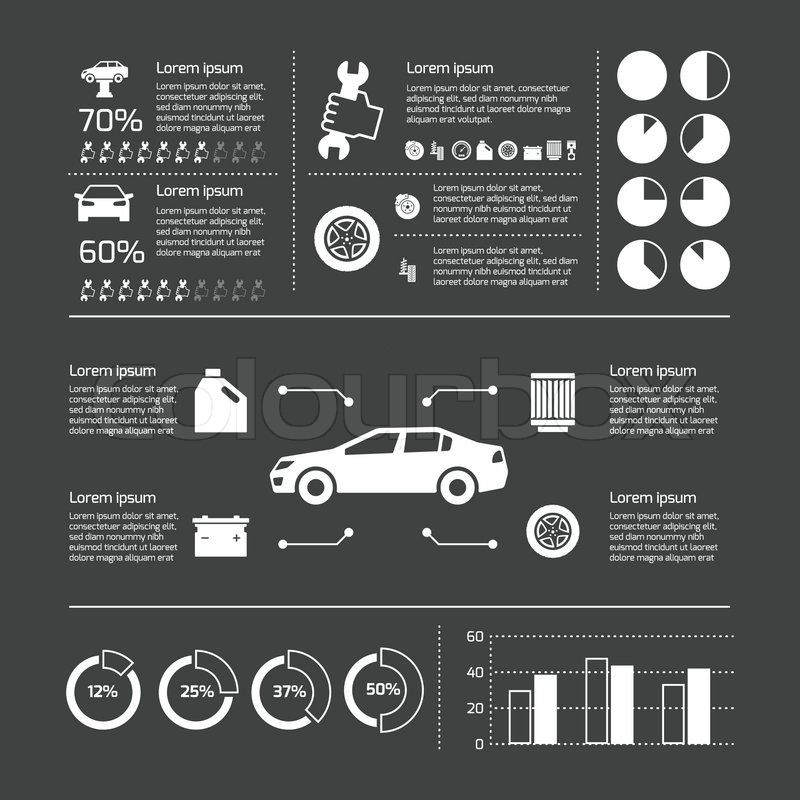Wondering About The Definition Behind Those Dashboard Warning Lights? Gain Understandings Right Into Their Effects For Your Vehicle'S Security And Upkeep
Wondering About The Definition Behind Those Dashboard Warning Lights? Gain Understandings Right Into Their Effects For Your Vehicle'S Security And Upkeep
Blog Article
Content Author-Faulkner Shepherd
When you're behind the wheel, those glowing caution lights on your control panel can be a bit perplexing. Do you recognize what they're attempting to tell you regarding your auto's wellness? Comprehending the significance of these lights is crucial for your safety and the durability of your car. So, just click the following web page among those lights pops up, wouldn't you want to decipher its message accurately and take the necessary actions to address it?
Common Caution Lighting and Interpretations
Identify usual warning lights in your car and recognize their significances to ensure secure driving.
The most regular warning lights include the check engine light, which indicates problems with the engine or exhausts system. If this light begins, it's important to have your lorry examined without delay.
The oil stress advising light indicates reduced oil stress, calling for instant interest to avoid engine damage.
A flashing battery light may recommend a malfunctioning billing system, potentially leaving you stranded if not attended to.
The tire pressure surveillance system (TPMS) light alerts you to low tire stress, affecting vehicle stability and fuel performance. Neglecting this might cause dangerous driving conditions.
The abdominal muscle light suggests a trouble with the anti-lock stopping system, jeopardizing your capability to stop quickly in emergency situations.
Finally, the coolant temperature level cautioning light warns of engine getting too hot, which can cause serious damage otherwise resolved swiftly.
Understanding these typical caution lights will assist you attend to concerns immediately and preserve risk-free driving problems.
Importance of Prompt Focus
Comprehending the common caution lights in your auto is only the first step; the relevance of promptly resolving these warnings can't be emphasized sufficient to ensure your safety and security when traveling.
When a caution light illuminates on your dashboard, it's your car's method of connecting a prospective issue that needs focus. Neglecting these warnings can cause much more serious problems in the future, endangering your security and potentially costing you a lot more in repairs.
Trigger interest to advising lights can protect against failures and crashes. For example, a flashing check engine light could show a misfire that, if left unattended, might create damages to the catalytic converter. Resolving this promptly can conserve you from a pricey repair work.
Likewise, a brake system warning light might signify reduced brake liquid or used brake pads, vital elements for your security when driving.
Do It Yourself Troubleshooting Tips
If you discover a caution light on your control panel, there are a couple of do it yourself troubleshooting pointers you can try before looking for professional assistance.
The first step is to consult your vehicle's manual to recognize what the specific warning light shows. Sometimes the concern can be as simple as a loose gas cap activating the check engine light. Tightening up the gas cap might settle the problem.
An additional usual issue is a low battery, which can cause numerous advising lights. Inspecting the battery connections for corrosion and ensuring they're secure could take care of the problem.
If a warning light continues, you can attempt resetting it by disconnecting the car's battery for a couple of minutes and after that reconnecting it. In https://remappingnearme62739.csublogs.com/38819816/learn-how-eco-friendly-vehicle-describing-products-can-boost-your-car-s-shine-while-securing-the-planet-find-the-sustainable-alternatives-waiting-on-you , checking your car's liquid degrees, such as oil, coolant, and brake liquid, can assist troubleshoot alerting lights associated with these systems.
Verdict
Finally, recognizing your vehicle's warning lights is vital for maintaining your car running smoothly and safely. By promptly addressing these alerts and understanding what they mean, you can avoid expensive repair work and possible break downs.
Bear in mind to consult your car's guidebook for particular information on each cautioning light and take action appropriately to guarantee a hassle-free driving experience.
Remain notified, stay secure when traveling!
